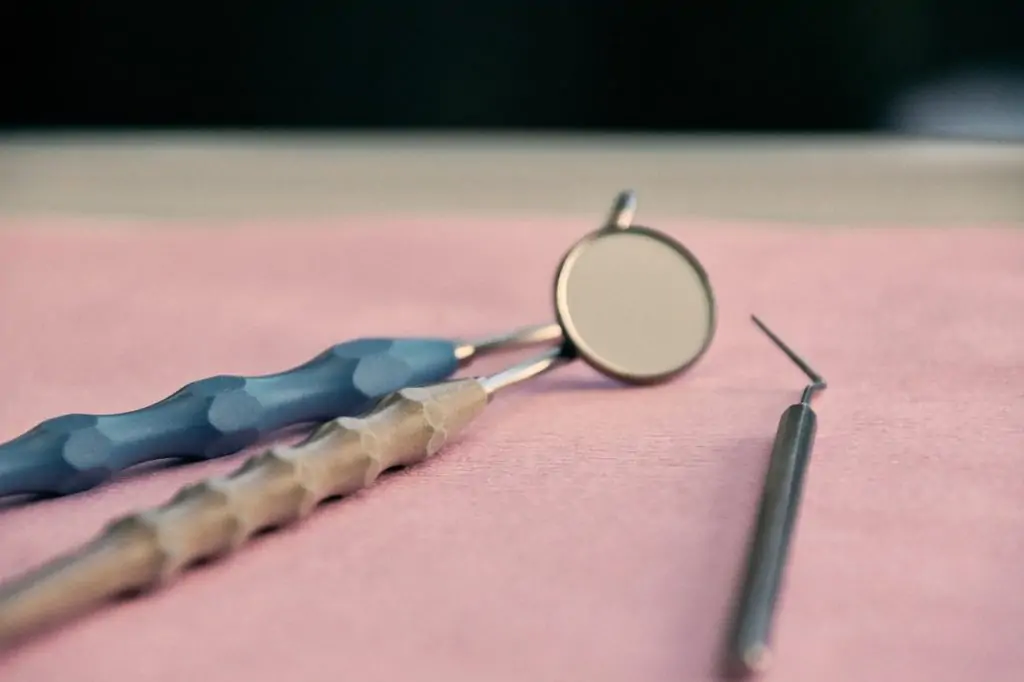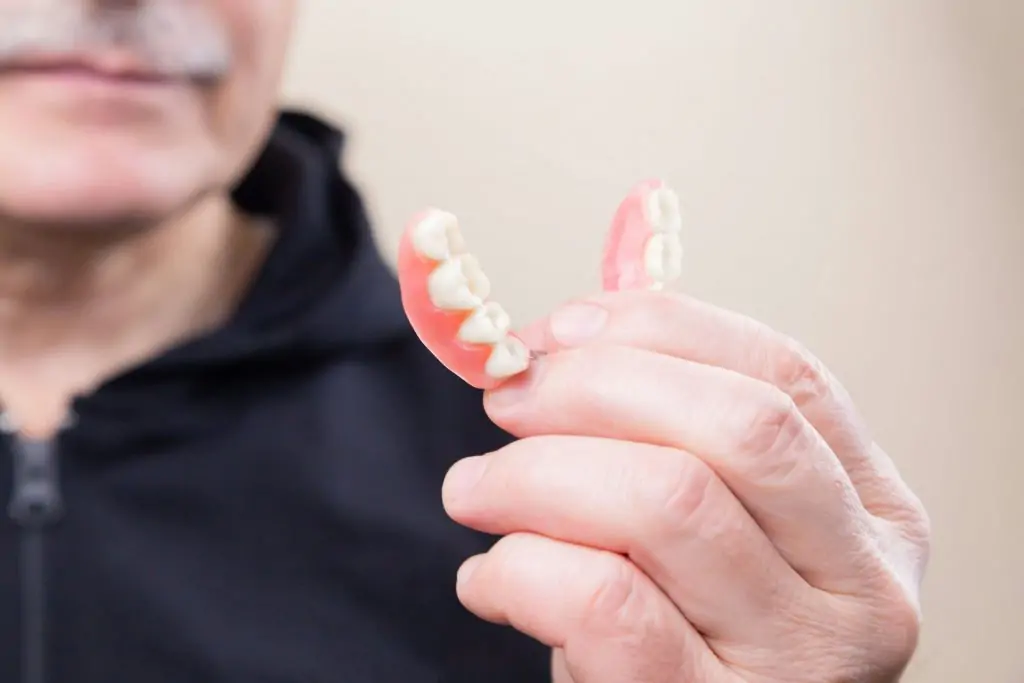
The journey through oral surgery is one marked by precision, care, and the ultimate quest for healing. In Alberta, a province renowned for its commitment to exceptional healthcare standards, the role of anesthesia in oral surgery emerges as a cornerstone of patient care. This comprehensive exploration delves into the various aspects of anesthesia in oral surgery, highlighting its critical importance in the Alberta healthcare landscape.
The Essence of Anesthesia in Oral Surgery
Oral surgery encompasses a range of procedures, from tooth extractions to corrective jaw surgery, all of which require varying levels of anesthesia to ensure patient comfort and procedural efficiency. In Alberta, where healthcare providers strive for excellence, the application of anesthesia is tailored to meet the specific needs and health profiles of patients, ensuring a pain-free and anxiety-free experience.
Types of Anesthesia Used in Oral Surgery
Local Anesthesia
Local anesthesia is the most frequently used form of anesthesia in dental procedures. It involves the application or injection of an anesthetic agent directly into the tissue around the surgical site. The agent numbs a specific area of the mouth, allowing the patient to remain fully awake and aware without feeling pain in the area being treated. Local anesthesia is typically used for minor oral surgeries, such as tooth extractions or dental fillings.
Sedation Anesthesia
Sedation anesthesia is used to relax a patient or put them into a light sleep, making them less aware of the procedure without rendering them completely unconscious. It can be administered in various forms, including:
- Inhalation Sedation: Often known as nitrous oxide or “laughing gas,” this is inhaled through a mask placed over the nose. It helps patients relax and may dull pain perception without causing deep sedation.
- Oral Sedation: This involves taking a pill or liquid sedative before the procedure to induce a state of moderate sedation. Patients remain awake but may have a reduced awareness of the procedure and might not remember much of it afterward.
- Intravenous (IV) Sedation: Administered directly into the bloodstream through a vein, IV sedation allows for deeper sedation levels. The patient remains awake but in a deeply relaxed state, often with little memory of the procedure afterward.
General Anesthesia
General anesthesia is used for extensive oral surgeries or for patients who need to be completely unconscious during their procedure. It involves the administration of drugs that induce a temporary state of deep sleep. Under general anesthesia, patients are entirely unaware of the procedure and will not feel any pain. Monitoring equipment is used to track the patient’s vital signs closely throughout the surgery. This type of anesthesia is typically administered in a hospital setting or specialized surgical centers due to the need for advanced airway management and monitoring.
Choosing the Right Type of Anesthesia
The choice of anesthesia is a critical decision made by the dental professional in consultation with the patient. Factors influencing this decision include:
- Procedure Complexity: More invasive or lengthy procedures may require deeper levels of sedation or general anesthesia.
- Patient Anxiety: Patients who experience significant anxiety about dental procedures may benefit from sedation or general anesthesia, even for less complex surgeries.
- Health Considerations: The patient’s overall health, including any allergies or existing medical conditions, can affect the choice of anesthesia.
The Role of Anesthesia in Patient Comfort and Safety
The primary goal of anesthesia in oral surgery is to provide a painless experience for patients. Doing so, not only alleviates the inherent anxiety associated with dental procedures but also ensures patient safety by allowing the surgeon to focus entirely on the task at hand. In Alberta, oral surgeons and anesthesiologists work hand in hand, employing state-of-the-art monitoring equipment and adhering to stringent safety protocols to tailor anesthesia administration to each individual’s needs, thereby minimizing risks and enhancing patient comfort.
Advanced Anesthesia Techniques in Alberta
Alberta is at the forefront of adopting innovative anesthesia techniques that enhance the oral surgery experience. Techniques such as computer-assisted anesthesia delivery allow for more precise control of the anesthesia, reducing discomfort and speeding up recovery time. Additionally, the use of non-opioid medications in post-surgery pain management reflects Alberta’s commitment to addressing the opioid crisis while ensuring patients recover comfortably and safely.
The Patient-Centered Approach to Anesthesia
In Alberta, the approach to anesthesia in oral surgery is decidedly patient-centered. Before surgery, patients undergo a thorough assessment to determine the most appropriate anesthesia plan. This includes a detailed review of the patient’s medical history, a discussion of any anxieties or fears, and an explanation of the anesthesia process. This collaborative approach ensures that patients are not only informed but also actively involved in their care decisions, leading to higher satisfaction and better outcomes.
Training and Education in Dental Anesthesia
The excellence in anesthesia care seen in oral surgery across Alberta is underpinned by rigorous training and continuous education. Oral surgeons and dental anesthesiologists in the province are required to undergo extensive education and hands-on training, equipping them with the knowledge and skills to administer anesthesia safely and effectively. Furthermore, ongoing professional development is encouraged, ensuring that dental care providers stay abreast of the latest advancements and best practices in anesthesia.
Conclusion
The role of anesthesia in oral surgery is indispensable, particularly in Alberta, where healthcare providers are committed to delivering the highest standard of care. By ensuring patient comfort and safety, advancing anesthesia techniques, and fostering a patient-centered approach, Alberta sets a benchmark in oral healthcare. Whether undergoing a simple tooth extraction or a complex surgical procedure, patients in Alberta can take comfort in knowing that they are in capable hands, where their comfort and well-being are the top priorities. This commitment to excellence in anesthesia care not only enhances the oral surgery experience but also contributes to the overall health and well-being of Albertans, making the province a leader in dental healthcare.




